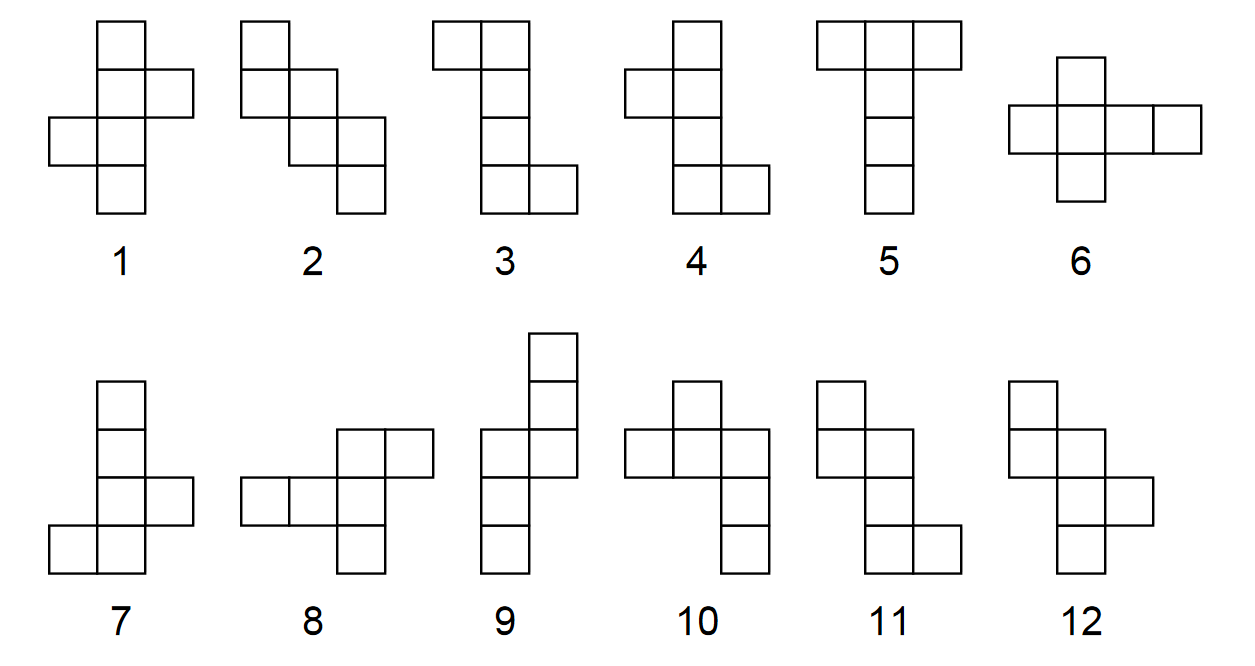Problems
Many maths problems begin with the question “Is it possible…?”. In these kinds of problems, what you need to do depends on what you think is true.
If you believe it is possible, then you must give an example that really satisfies the conditions in the problem.
If you believe it is not possible, then you must explain clearly why it cannot be done.
When trying to build an example, it often helps to ask yourself extra questions to narrow things down: “How could it be possible?”, or “What properties must a correct example have?”.
On the other hand, if you have been trying to build an example for a while and nothing works, perhaps the answer is that it is impossible. In that case, look for a property that any example would need to have — and then show why that property cannot actually happen. Let’s see some examples!
Jane wrote another number on the board. This time it was a two-digit number and again it did not include digit 5. Jane then decided to include it, but the number was written too close to the edge, so she decided to t the 5 in between the two digits. She noticed that the resulting number is 11 times larger than the original. What is the sum of digits of the new number?
a) Find the biggest 6-digit integer number such that each digit, except for the two on the left, is equal to the sum of its two left neighbours.
b) Find the biggest integer number such that each digit, except for the rst two, is equal to the sum of its two left neighbours. (Compared to part (a), we removed the 6-digit number restriction.)
Matt built a simple wooden hut to protect himself from the rain. From the side the hut looks like a right triangle with the right angle at the top. The longer part of the roof has \(20\) ft and the shorter one has \(15\) ft. What is the height of the hut in feet?

Tile a \(5\times6\) rectangle in an irreducible way by laying \(1\times2\) rectangles.
Does there exist an irreducible tiling with \(1\times2\) rectangles of a \(4\times 6\) rectangle?
Irreducibly tile a floor with \(1\times2\) tiles in a room that is a \(5\times8\) rectangle.
Tile the whole plane with the following shapes:

David Smith cut out 12 nets. He claimed that it was possible to make a cube out of each net. Roger Penrose looked at the patterns, and after some considerable thought decided that he was able to make cubes from all the nets except one. Can you figure out which net cannot make a cube?

It is known that it is possible to cover the plane with any cube’s net. Show how you can cover the plane with this net:
